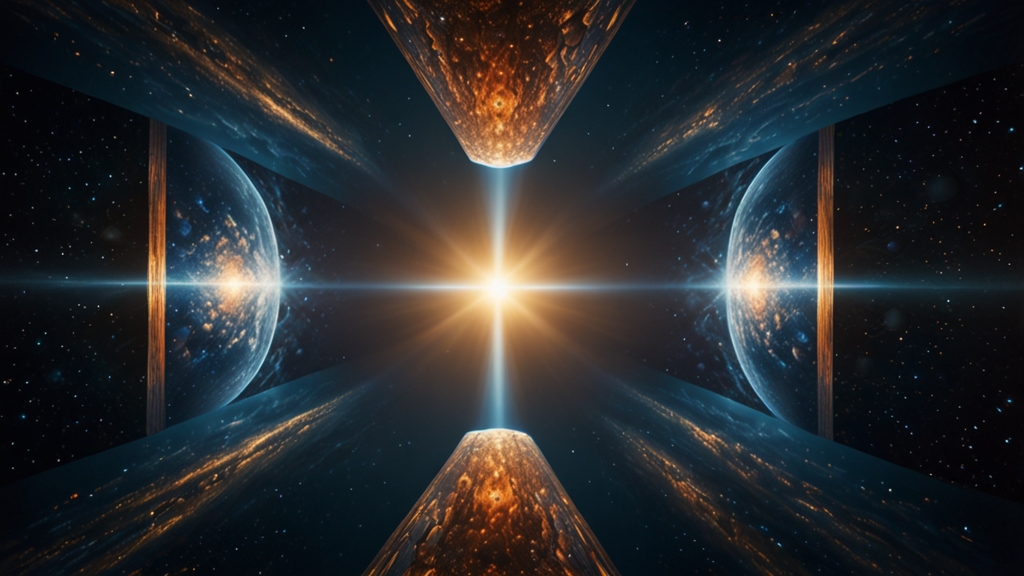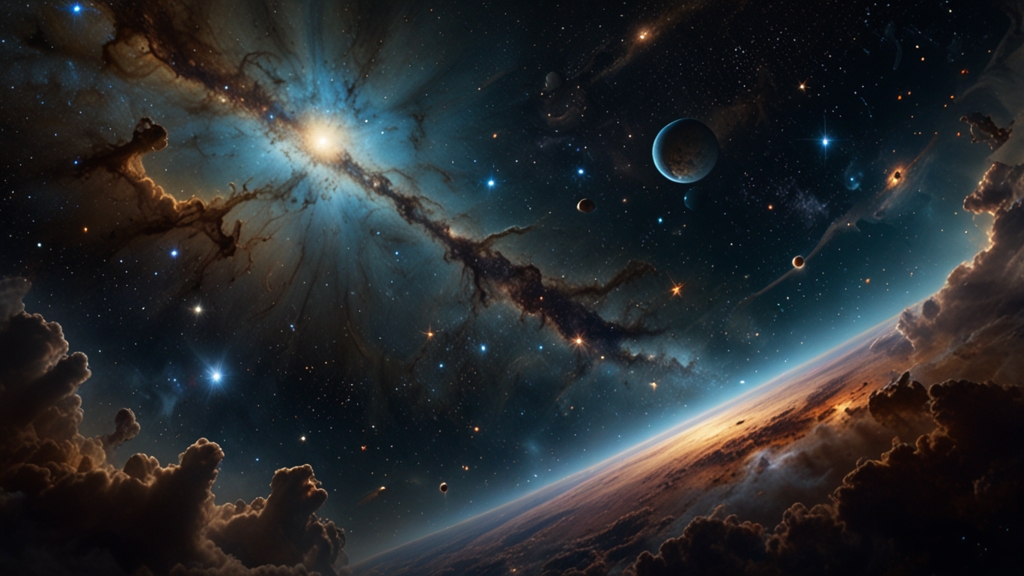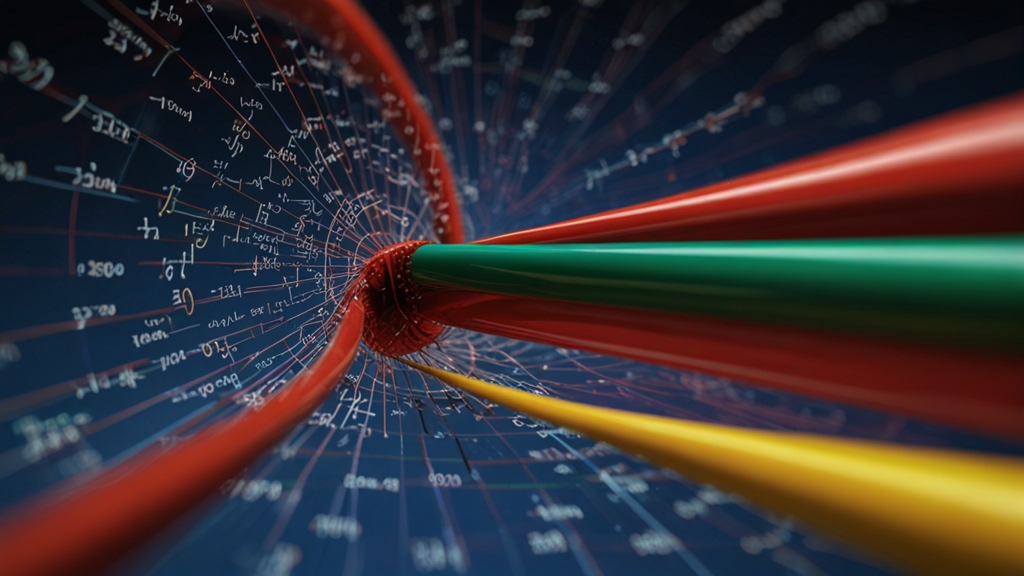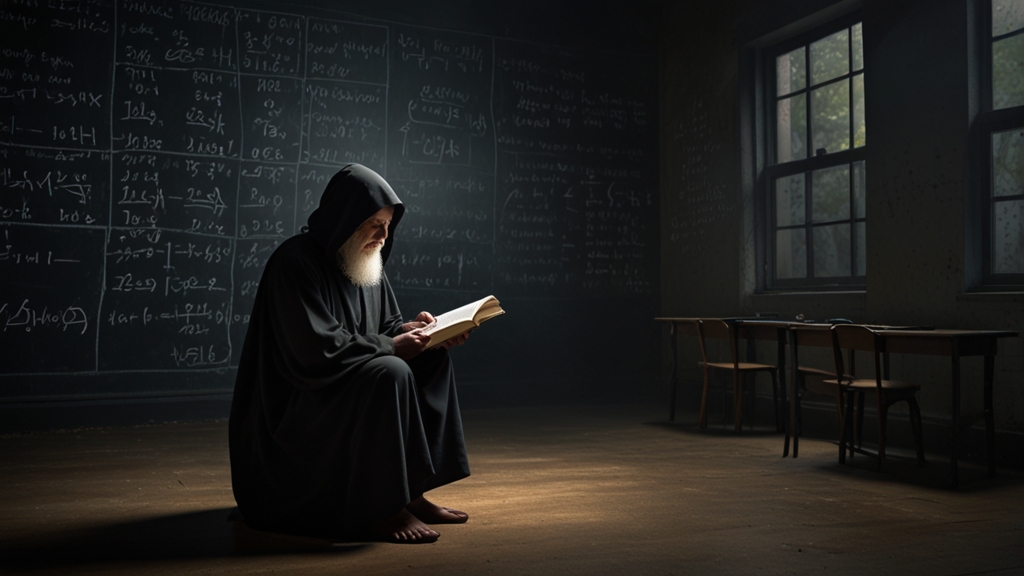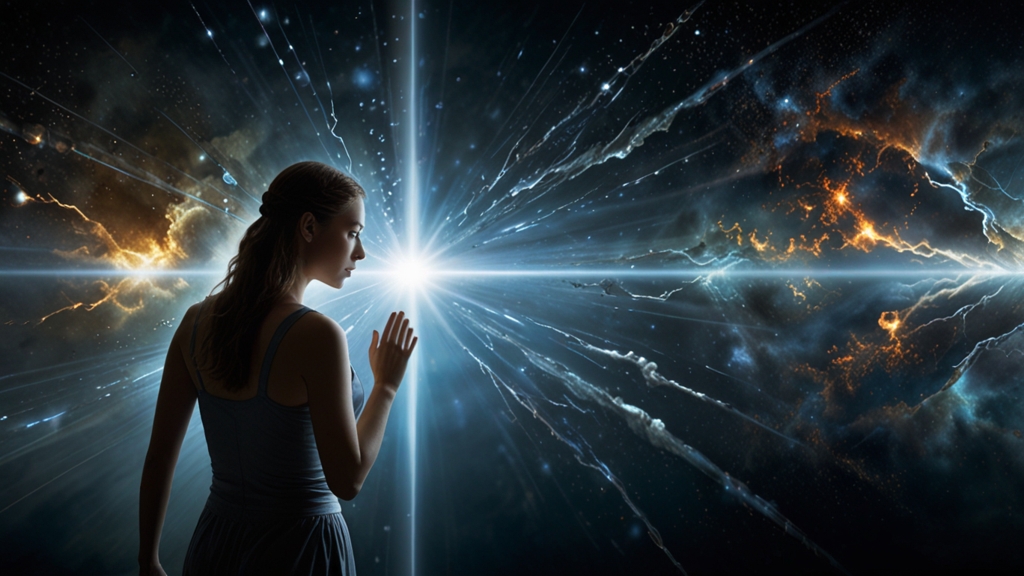Can Physics Prove the Existence of Parallel Universes?
The concept of parallel universes, also known as the multiverse theory, has intrigued scientists, philosophers, and science fiction enthusiasts for decades. But can physics actually prove the existence of parallel universes? To explore this question, we must delve into the realms of quantum mechanics, cosmology, and theoretical physics, where some of the most groundbreaking ideas about multiple universes originate.
The Many-Worlds Interpretation
One of the most widely discussed theories related to parallel universes is the Many-Worlds Interpretation (MWI) of quantum mechanics, proposed by physicist Hugh Everett III in 1957. According to the MWI, every possible outcome to a quantum event actually occurs in its own separate universe. This implies that our universe is just one of an infinite number of universes where every possible scenario plays out.
"In quantum mechanics, particles like electrons exist in a state of probability until they are observed, at which point they 'choose' a specific position or state. The Many-Worlds Interpretation suggests that all possible outcomes of these choices actually happen, each in its own parallel universe."
String Theory and Brane Cosmology
String theory, another cornerstone of modern theoretical physics, also provides a plausible framework for the existence of multiple universes. String theory posits that fundamental particles are not point-like but rather one-dimensional "strings" that vibrate at different frequencies. This theory requires the existence of additional spatial dimensions—up to ten or eleven in some models.
Brane cosmology, a subset of string theory, further expands on the idea by suggesting that our universe could be a "brane" (a membrane-like structure) floating within a higher-dimensional space. Other parallel branes could exist within this higher-dimensional space, each representing its own separate universe. While these ideas are compelling, they remain speculative without empirical evidence.
Cosmic Inflation and the Bubble Universe
Inflationary cosmology, a well-supported scientific theory describing the rapid expansion of the universe immediately following the Big Bang, also allows for the possibility of parallel universes. According to the theory of eternal inflation proposed by physicist Alan Guth, inflation never completely stops but continues in some regions of space, creating "pocket" or "bubble" universes.
"Each of these bubble universes could have different physical constants and laws of physics, making them truly distinct from our own. This idea provides a natural extension of the cosmological principle, suggesting that what we observe is just a tiny part of a much larger and more diverse multiverse."
The Challenge of Empirical Evidence
The most significant hurdle in proving the existence of parallel universes lies in the realm of empirical evidence. While these theories are mathematically consistent and theoretically compelling, we currently lack direct observational evidence to confirm their validity.
One potential avenue for providing indirect evidence is through the study of cosmic microwave background (CMB) radiation. Some scientists speculate that if our universe has collided with another bubble universe in the past, it might leave observable imprints on the CMB. Although intriguing, such findings are yet to be conclusively observed and authenticated.
Conclusion
Parallel universes remain a fascinating but speculative topic within the realm of physics. The Many-Worlds Interpretation, string theory, and cosmic inflation all provide theoretical frameworks that allow for their existence. However, empirical evidence, the bedrock of scientific validation, remains elusive.
Until we develop the means to gather such evidence, the existence of parallel universes will remain one of the most tantalizing mysteries in modern science. While physics cannot currently prove the existence of parallel universes, ongoing research and advances in technology may one day bring us closer to answering this profound question.
